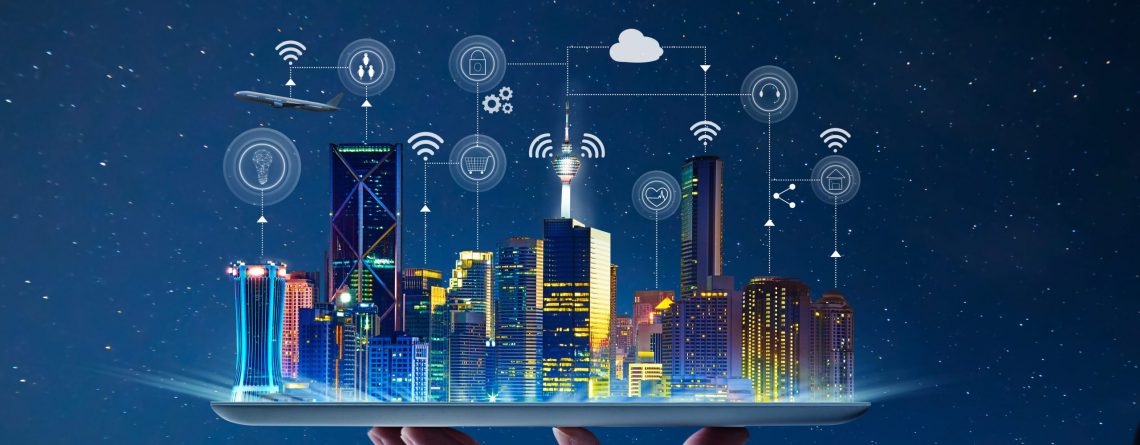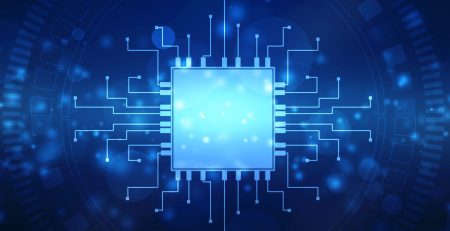What you need to know about smart cities and IOT?
Emerging technologies aimed at connecting citizens to each other, to government agencies and the infrastructure of the places they live and work are driving a move towards the creation of Smart Cities.
McKinsey Research predicts the “smart city” industry will be a $400 billion market by 2020, with 600 smart cities worldwide. The catalyst for this massive growth is the Internet of Things (IoT).
As is the case with emerging concepts, there is a debate over what makes a city smart. But there are three areas that, regardless of the final definition, will play a crucial role in how the components of IoT are used to make cities run more efficiently.
Smart Utilities & Energy
Connected energy principles start at energy plants and distribution facilities, where dramatic change is already happening thanks to the IoT.
From vast networks of sensors and regulators that refine efficiencies in delivery to smart meters on homes and businesses, the modern connected grid has even more in store for us in 2017.
Watch for total city transformations of LED lighting in street lights, traffic lights, and just about everywhere municipal lighting exists. Solar power panels, business/home smart power consumption, and end-point feedback (through IoT devices) are also ready to become prevalent.
LED lighting will provide brighter, cleaner, more natural light and being digitally connected to the grid, is more efficient.
Broadband-over-the-electrical-grid has been an aspiration for some time. While there have been early trials, challenges have also been identified that will require time and technology to solve – but look for increasing development between now and 2020.
Smart Transportation
In most cities, everything revolves around how people and materials are moved to where they need to be. Many cities have already invested significantly in smart transportation. The technologies most commonly deployed include smart parking, traffic monitoring (intelligent traffic management), and smart end-points (traffic lights, buses, trains and subways).
The future of transportation will also depend on how soon self-driving cars (driving automation) become a reality. While most major transportation technology takes decades to implement, it’s possible that transportation automation may play a major role before 2020 if car manufacturers and infrastructure builders work well together.
This single change could impact everything from pollution levels and traffic congestion to an improvement in national health as transportation accidents are reduced.
Smart Justice
Also known as “digital justice,” this area of technology leverages connected video/audio/data sources in multiple organisations within the city: Police and law enforcement, courts, prisons, emergency services, public health and social services.
CCTV operators witnessing an incident can ‘narrow cast’ live footage to approaching law enforcement, paramedic or emergency services personnel and the footage from wearable cameras can be sent back to control centres where operations are co-ordinated and, crucially, footage is stored as evidence.
Immersive video conferencing systems then play a part where meetings, testimonies or depositions are required.
While many municipal organisations have already adopted limited digital video solutions, large cities and counties have begun more pervasive uses that hold up in court and other hearings.
What about remote video testimony? Video arraignment? Video court? Video attorney-client meetings? Inmate video visitation? There are hundreds of applications for incorporating digital video/audio/data integration into today’s smart city.
Time to work smart
Many countries are still living with varying degrees of austerity, with swathing cuts being made to public services. If necessity is the mother of invention, maybe now is the time to work smart and use emerging IoT technologies to ensure citizens receive smoother, cleaner services, can move unhindered from A to B, are safe and, should the worst happen, receive fair and accountable justice.
Adam Petrovsky, GovEd Practice Leader Logicalis US, looks at three key planks that you need to know about in the emerging world of Smart Cities and IoT.



